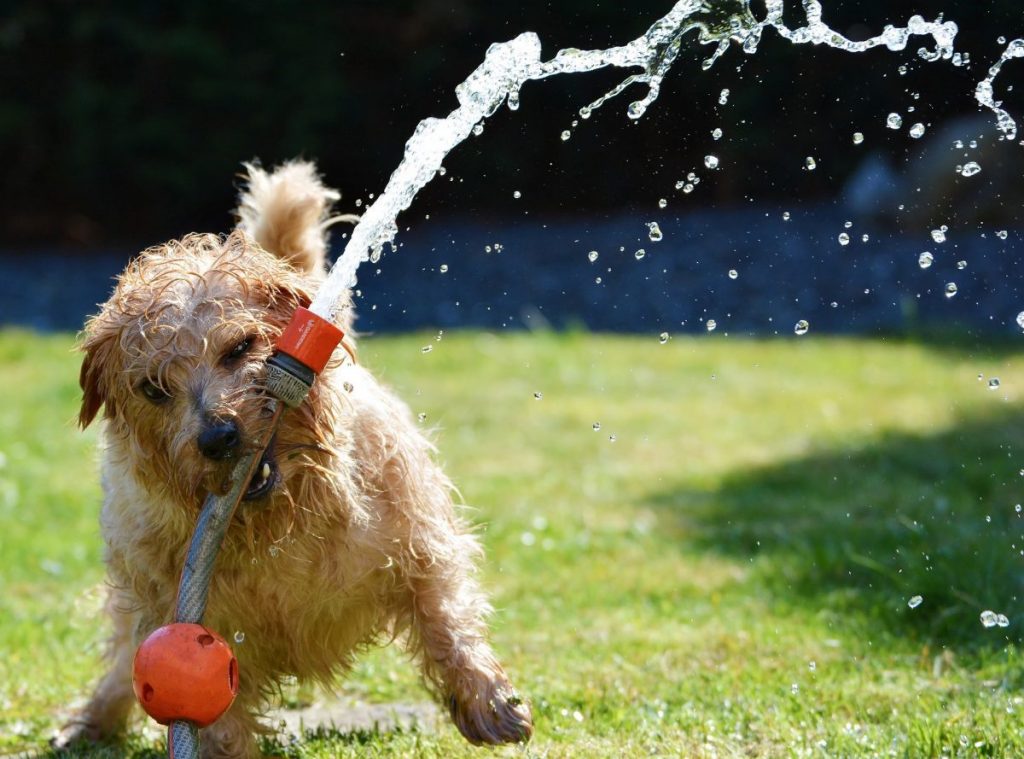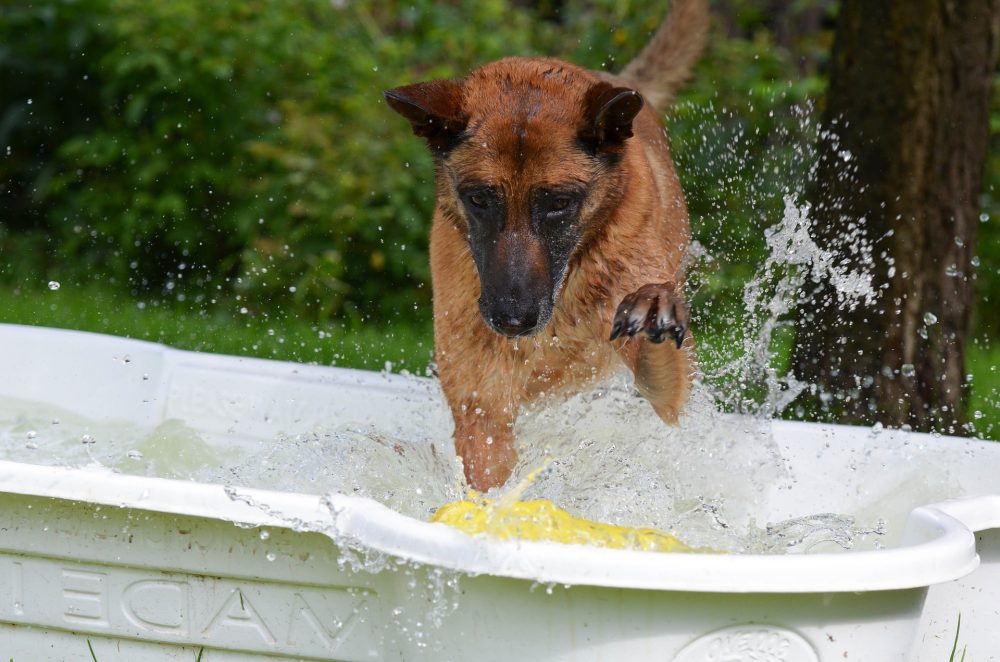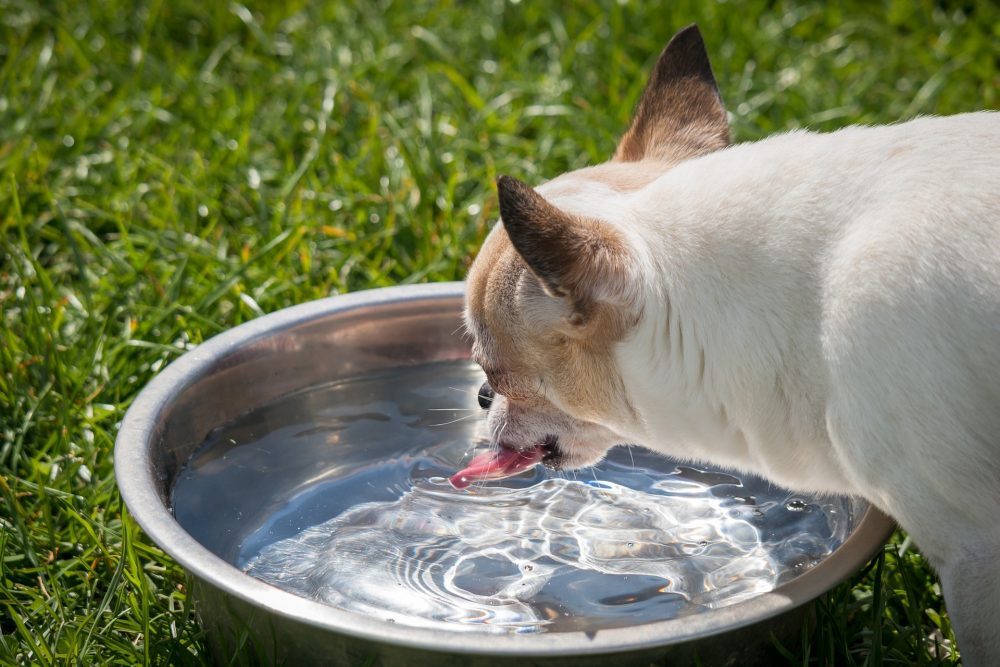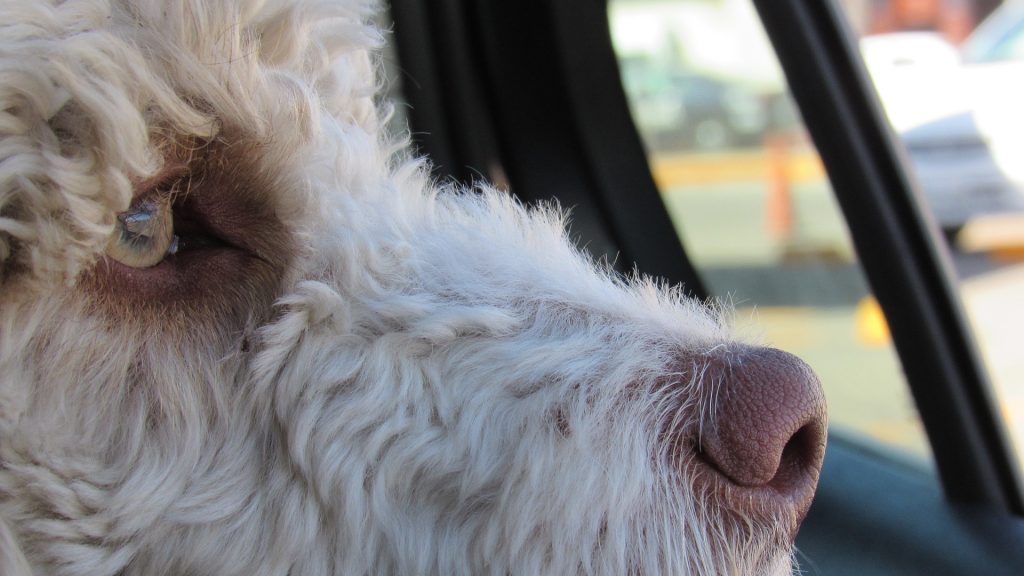There’s no better time to lap up the great outdoors with your furry companion than now – from runs in the park to days at the beach, mans’ best friend makes a great companion during those dog days of summer! And let’s not forget our feline friends – although we may not bring our cats outside often (unless they’re outdoor cats), our kindred kitties require a little extra TLC this time of year.
With that said, dog and cat owners will want to follow certain precautionary measures to protect their pet’s health during the warmer months. By remaining aware of the potential health hazards outlined in this article, you can take simple preventative steps to ensure their safety and well-being all summer long as well as ensuring a long dog lifespan for your canine in the future.
Protect Their Heart
Hot weather brings the dreaded mosquito, and unfortunately for cats and dogs, heartworm disease. According to the American Heartworm Society, “Heartworm disease is a serious and potentially fatal condition caused by parasitic worms living in the arteries of the lungs and occasionally in the right side of the heart of dogs, cats and other species of mammals.” Dogs and cats of any age or breed are susceptible to infection, and the disease occurs in all 50 states, with the majority of cases reported in the south and east coast areas.
Heartworm disease is completely preventable, and it’s your responsibility to maintain the prevention program you have selected in consultation with your veterinarian or local clinic. Be sure to visit your vet this season if you haven’t already – it’s the only way to make sure that your pet doesn’t contract this deadly disease.
Beat The Heat: Don’t Overdo It
While we may love the warmer days, too much heat can be hazardous to the health of our four-legged friends. The key to beating the heat is to be educated and prepared – this is all dependent on several factors, including, but not limited to, the temperature and the activity entailed, as well as the health, breed, and special needs of your individual pet. The most important thing to keep in mind when the barometer rises? Don’t overdo it with your furry friend.
When it comes to getting that much-needed exercise for your pup, try to fit it in early in the morning or later in the evening when the temperatures are lower. With the heat, your dog runs the risk of getting heat exhaustion and heat stroke, so exercising or walking your dog in the cooler parts of the day is key.
Be certain that your dog or cat has ample amounts of water to avoid dehydration, paying extra attention to overweight pets that are at higher risk. Always carry enough water and a collapsible bowl or water bottle when going on an extended walk with your dog. Also, keep a watchful eye for signs of dehydration, such as excessive drooling, lethargy, bloodshot eyes or paleness.
Keeping Cool: Pool Safety & Other Hot-Weather Tips
After a heated day of play, cool your dog down by giving them their own kiddie pool under a shady tree, or let them take a dip in your backyard pool with the family. Most dogs are comfortable around water, but never push or force your dog into the pool – it’s supposed to be fun, not traumatizing. Additional ways to cool your canine quickly include laying down a wet towel for them to lie on, turning on the sprinklers, or gently spritzing them with cool water. Dogs cool from the bottom up, so pay particular attention to their paws and stomach, not just the top of the dog.
Most cats don’t like the water and will avoid your pool area, but if you’re concerned about their safety, you can work with your kitty and teach your cat how to handle themselves around the pool. Other ways to keep your cat cool inside include putting ice cubes in their water, air conditioning or a fan on their favorite spot, and plenty of shade whenever possible. Open windows are fine, but be sure to check the screens (especially if you’re high up in an apartment building).
Car Safety: Never Leave Your Pet Unsupervised
It should go without saying, but we’ll mention it anyway: never leave your dog unsupervised or in an un-air conditioned car for any length of time. According to a study by the Stanford University School of Medicine, the interior of a car can heat up 40 degrees in less than an hour. Even when shaded, your vehicle is a dangerous, inescapable trap for your dog or cat that can quickly cause them to have a heat stroke.
In worst-case scenarios, if your pet’s core body temperature rises above 108 degrees for a sustained period, it could lead to death. So even if you think you’ll be in the store for a minute, it’s sometimes out of your control. Therefore, it’s best to leave your dog or cat safely at home when running errands.







